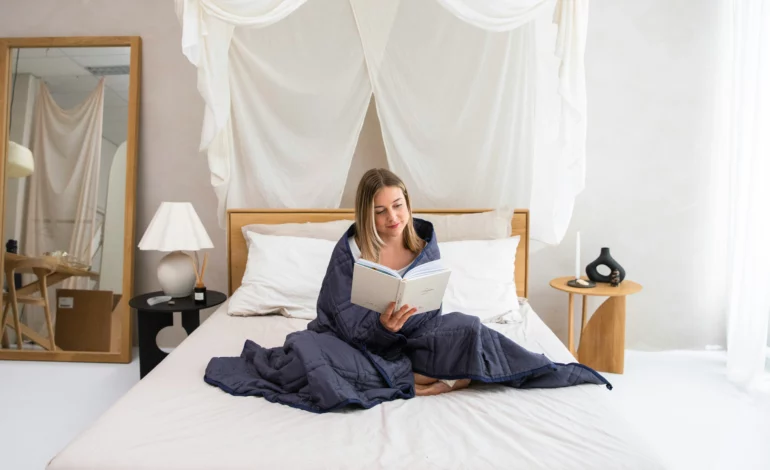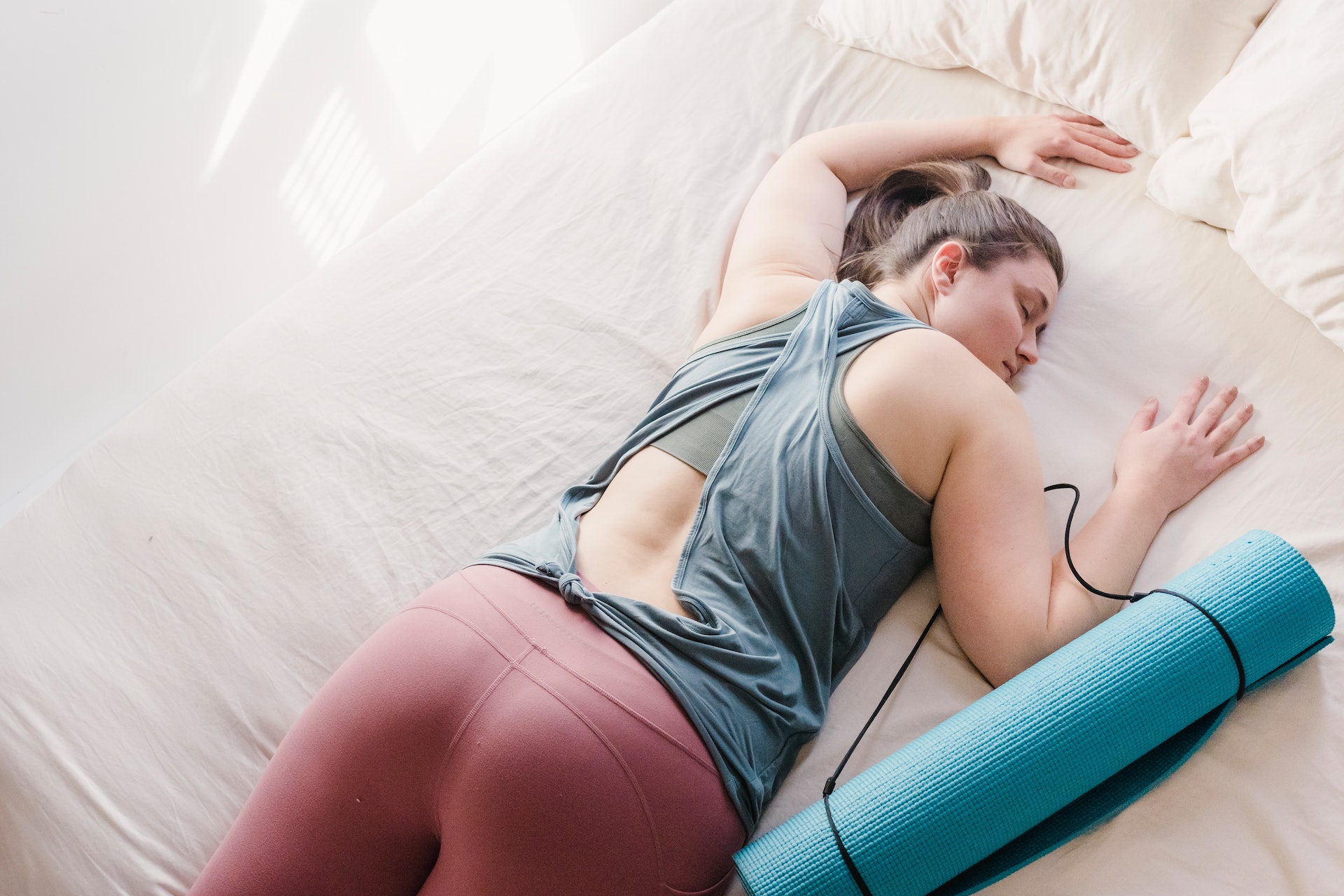
Sleep is essential. It rejuvenates our bodies and refreshes our minds. Yet, many of us struggle to create an environment that promotes restful slumber. Imagine waking up feeling fully rested, energized, and ready to tackle the day ahead. The key lies in crafting your own sleep sanctuary—a space designed specifically for relaxation and comfort.
Creating this haven involves more than just a cozy bed; it’s about understanding your unique sleep needs and preferences. Each person has different requirements when it comes to restfulness, so why not tailor your bedroom to reflect those individual desires?
In this guide, we’ll explore various aspects of designing the perfect sleeping environment—from selecting the ideal mattress to incorporating soothing scents that lull you into dreamland. Say goodbye to restless nights and hello to deep restorative sleep!
Assessing Your Sleep Needs and Preferences
Understanding your sleep needs is the first step toward creating a sanctuary. Start by reflecting on how you sleep: Are you a back, side, or stomach sleeper? Each position has its own requirements for support and comfort.
Next, consider any specific issues that disrupt your rest. Do you wake up with aches and pains? Perhaps temperature regulation is an issue. Identifying these factors will help guide your choices moving forward.
Think about what makes you feel most relaxed in bed. Do certain fabrics soothe your skin? Maybe dark colors create a calming atmosphere for you.
Additionally, it’s essential to account for noise levels that affect your slumber. Is silence golden, or do soft sounds like white noise help lull you to sleep?
Taking the time to assess these preferences will lay the groundwork for a truly personalized retreat dedicated to better sleep.
Choosing the Right Mattress and Bedding
Choosing the right mattress is crucial for a good night’s sleep. Consider firmness levels that match your sleeping style. Side sleepers may prefer a softer feel, while back or stomach sleepers often benefit from firmer support.
Material matters too. Memory foam contours to your body, providing great pressure relief. In contrast, innerspring mattresses offer breathability and bounce.
Bedding plays its own role in comfort. Opt for high-quality sheets that feel soft against your skin. Cotton is breathable, while bamboo offers moisture-wicking properties.
Don’t forget about pillows! They should align your head and neck with your spine to avoid discomfort. Choose one based on whether you’re a side or back sleeper.
Investing time into selecting the perfect mattress and bedding will pay off in restful nights ahead.
Setting Up Your Sleep Space for Maximum Relaxation
To create a sleep space that invites relaxation, focus on your room’s atmosphere. Start by controlling the lighting. Soft, dim lights can signal your brain that it’s time to wind down. Consider blackout curtains for those early mornings or streetlight distractions.
Next, think about temperature. A cool environment is ideal for sleeping well. Aim for around 60-67°F (15-19°C). Use fans or gentle air conditioning to maintain comfort throughout the night.
Furniture arrangement matters too. Position your bed away from noisy windows and place it as far from distractions like electronic devices as possible.
Incorporate cozy elements like plush pillows and a soft throw blanket to enhance warmth and comfort.
Add personal touches—photos or calming artwork—to make the space truly yours without overwhelming it visually. Each element should contribute to an oasis of calm where restful sleep comes naturally.
Incorporating Relaxing Scents and Sounds
Creating a soothing atmosphere in your sleep sanctuary can significantly enhance relaxation. One effective way is through the power of scent.
Consider using essential oils like lavender or chamomile, known for their calming effects. A diffuser can disperse these aromas throughout your space, enveloping you in tranquility as you unwind.
Sound also plays a crucial role. Soft music or nature sounds can ease tension and create an inviting ambiance. Try gentle rain sounds or ocean waves to transport yourself to serene environments.
White noise machines are another great option, helping drown out disruptive noises that could interfere with your rest.
Experiment with scents and sounds until you find what resonates best with you. The right combination will transform your room into a true oasis of calmness where peaceful slumber awaits each night.
Decluttering and Organizing for Better Sleep
A cluttered space can lead to a cluttered mind. When it comes to sleep, your environment plays a crucial role. Start by removing anything that doesn’t belong in your bedroom. This includes clothes on the floor or dishes left over from late-night snacks.
Next, focus on surfaces like nightstands and dressers. Keep only essential items within reach—your alarm clock, perhaps a book. Aim for simplicity; less is often more.
Storage solutions are key for keeping things organized. Use decorative baskets or boxes under the bed to hide away extra blankets or seasonal clothing.
Don’t forget about your closet! An organized closet means fewer distractions when you’re getting ready for bed. Hang up clothes neatly and donate items you no longer wear.
Creating an orderly sanctuary fosters peace of mind, paving the way for restful nights ahead.
Tips for Maintaining a Peaceful Sleep Sanctuary
Creating a sleep sanctuary is just the beginning. To maintain that tranquil space, you’ll want to develop some habits and routines.
First, establish a consistent sleep schedule. Going to bed and waking up at the same time each day helps regulate your body’s internal clock. This consistency can lead to deeper, more restorative sleep.
Next, keep your sleep environment clean and clutter-free. Regularly dusting surfaces and changing bedding not only enhances aesthetics but also promotes better air quality. A tidy room can significantly impact how restful it feels.
Consider implementing a “no screens” policy an hour before bedtime. The blue light emitted by devices can interfere with melatonin production, making it harder to fall asleep. Instead of scrolling through social media or watching TV, opt for reading or practicing relaxation exercises instead.
Don’t forget about temperature control as well; keeping your bedroom cool—ideally between 60-67 degrees Fahrenheit—can improve sleep quality. Use soft blankets for warmth when needed but avoid overheating yourself while you rest.
Be mindful of any noise disruptions in your environment. Earplugs or white noise machines can work wonders if outside sounds are preventing you from achieving deep slumber.
With these tips in place, you’ll cultivate an ongoing atmosphere of peace within your sleep sanctuary—a haven where rejuvenation takes center stage every night.









